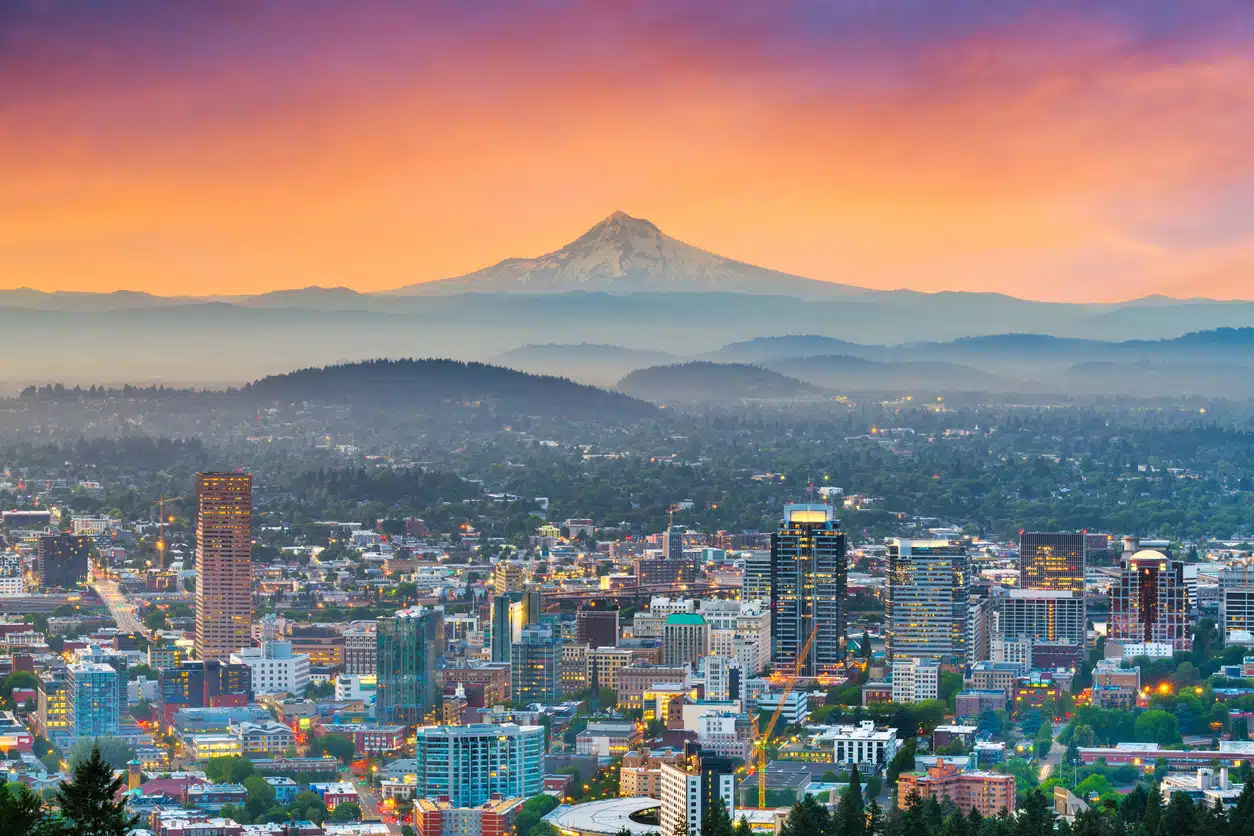If you’ve seen the show “Portlandia,” you probably have an idea in your mind of what it’s like living in Portland, Oregon. While the show definitely takes things to a ridiculous level at times, there are aspects that are surprisingly accurate: Portland is a city of eco-conscious residents who value high-quality food and often cycle to work (even in the rain). Here you’ll find the best cup of coffee you’ve ever had, surprisingly delicious vegan nachos, an overwhelming variety of craft breweries, and a new appreciation for a sunny day.
If you’ve been thinking about “keeping it weird” and moving to Portland, Oregon, you’ve come to the right place. In this guide to life in the city, we’ll cover 15 things you should know before booking your moving services — from the cost of living and taxes to the best neighborhoods and hidden local gems.
Quick Facts About Portland, Oregon
The city of Portland has a population of 635, 749. That’s about 145,000 less than the population of Seattle, another popular city in the Pacific Northwest.
Portland takes up about 133 square miles. Compare that to Seattle’s ~84 square miles, and you’ll understand why it’s so much less crowded in Portland.
The median household income is $88,792 in Portland. That’s about $10,000 more than the national median household income.
The median age in Portland is 39.4 years, slightly older than the national median age of 39.1.
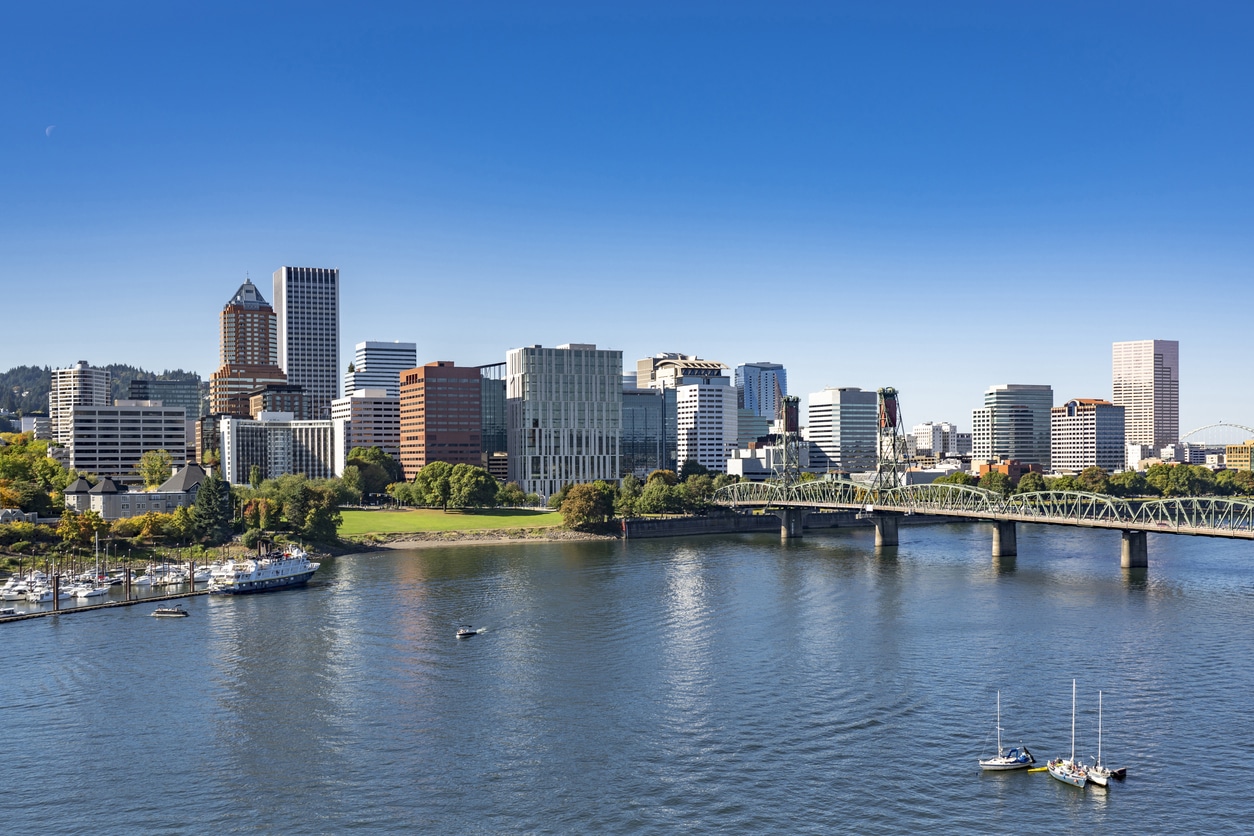
15 Things To Know About Moving to Portland, Oregon
1. The cost of living in Portland, Oregon, isn’t that bad
Portland’s cost of living is only 17% higher than the national average. Not bad compared to other big West Coast cities like Seattle, Los Angeles, and San Francisco, each of which has a cost of living at least 45% higher than the national average.
While the cost of utilities in Portland is actually relatively cheaper than these other cities, groceries are 7% pricier and housing is — you may want to sit down for this — 45% more expensive (ouch!).
West Coast Cities: Cost of Living Compared to National Average
City | Cost of Living (overall) | Housing | Utilities | Groceries |
17% higher | 45% higher | 11% lower | 7% higher | |
65% higher | 161% higher | 58% higher | 21% higher | |
50% higher | 133% higher | 7% higher | 9% higher | |
45% higher | 109% higher | 2% higher | 11% higher |
2. You don’t have to pay sales tax in Portland!
One of the big perks of moving to Oregon is that there’s no sales tax. The advertised price on items in the grocery store, restaurants, and cafes is the actual price you pay. It’s a little like shopping in Europe!
While Portland’s 0% sales tax helps to offset the higher cost of groceries in the city, it really shines when you consider bigger purchases — like a new $40,000 car!
3. Portland income taxes are some of the highest in the country
The state of Oregon has the 5th highest income tax rate in the country with a top-tier tax rate of 9.9%. If that weren’t enough, there are another eight income-based taxes that could apply to residents living in the PDX metro!
Because of these additional taxes, W-2 wage earners and sole proprietors could pay marginal rates as high as 14.7% (2nd highest in the country). If that sounds rough, consider that C Corporations in Portland are subject to the highest marginal tax rate in the country.
4. Portland is divided into six “quadrants”
While the word “quadrant” is usually used to mean one of four equal parts of a circle, in Portland, the quadrants are the six main city divisions (that’s right, six). They’re named based on their location in the city — Northwest, North, Northeast, Southwest, South, and Southeast.
The Willamette River separates the west and east sides of the city and Burnside Street separates the north from the south.
Once you get the hang of where these quadrants are in relation to each other, getting around the city (and giving directions to your friends) becomes a breeze.
Did you know? Until recently, Portland only had five quadrants. In 2020, the city officially designated a sixth quadrant — South Portland. |
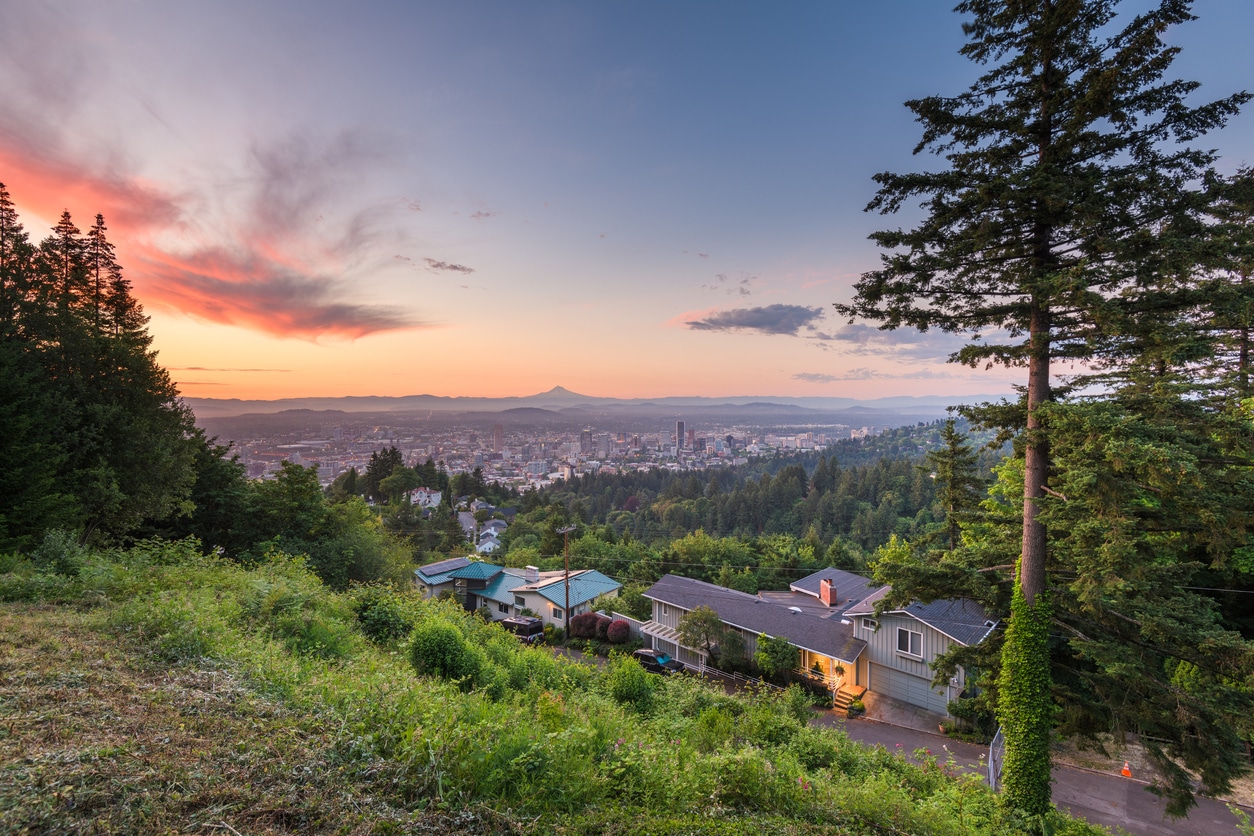
5. Portland is a city of neighborhoods
Portland is home to 90 distinct neighborhoods and a great majority of them are so well-equipped that there’s almost never a reason to leave.
Any given Portland neighborhood typically has its own local grocery store, plus a top-notch coffee shop, a trendy restaurant (that will quickly become your favorite), gorgeous greenspace, and a tight-knit community with local events to keep everyone connected. It’s no wonder people love it here!
The Best Neighborhoods in Portland
Goose Hollow (SW)
Northwest District (NW)
Pearl (NW)
Sullivan’s Gulch (NE)
Arlington Heights (SW)
Laurelhurst (SE - but straddles NE/SE)
Sabin (NE)
Grant Park (NE)
Richmond (SE)
Hosford-Abernethy (SE)
6. It’s easy to be outdoorsy when living in Portland, Oregon
When we say it’s easy to be outdoorsy in Portland, we mean it. The Portland Parks and Recreation System includes 11,677 acres with 156 developed parks, 158 miles of regional trails, 38 off-leash dog areas, and 137 playgrounds. There’s more, but you get the picture. Here are a few of our favorite outdoor spots in the city:
Forest Park (Northwest Portland)
With more than 80 miles of hiking trails across 5,200 acres, Forest Park is the perfect place to escape the noise of the city and reconnect with nature. This lush, green wonderland offers refuge to hundreds of native plant and wildlife species, including mountain beavers, bobcats, porcupines, and elk.
Peninsula Park (North Portland)
Purchased by the City of Portland in 1909, historical Peninsula Park features a rose garden, splash pad, multiple sports fields and courts, an outdoor stage, and the oldest playground in the city.
While words can’t do this park justice, we’ll try anyway: Imagine ornately bricked paths, neatly trimmed hedges, hundreds of different types of rose bushes, and a water fountain that belongs in Paris. It’s no wonder the park offers wedding reservations.
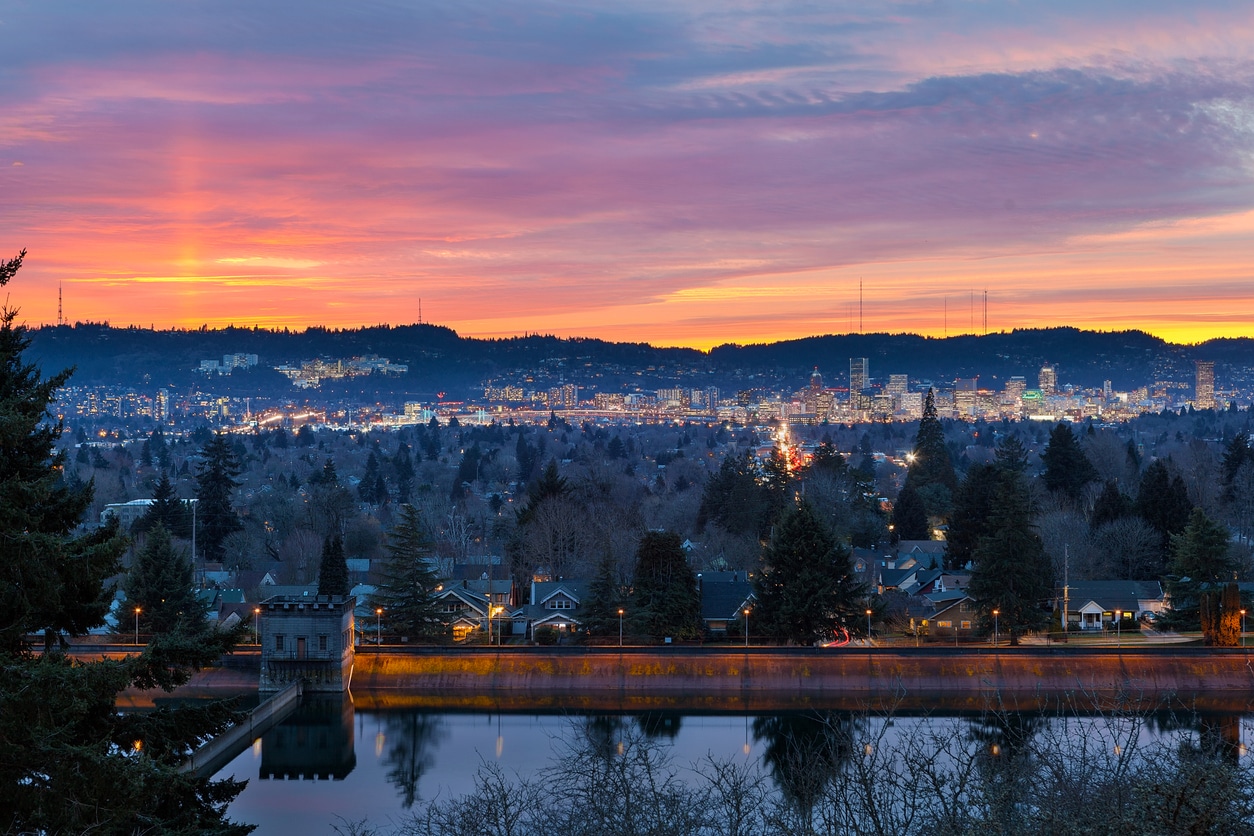
Mt. Tabor Park (Southeast Portland)
A visit to Mt. Tabor Park begins with a drive through one of the prettiest neighborhoods in Northeast Portland. After finding a parking spot, you can enjoy a moderate hike up winding trails and past open reservoirs to a level, grassy peak.
At the top of Mt. Tabor, locals like to lounge on picnic blankets, practice yoga, or simply sit and enjoy the view of the city (and a glimpse of Mt. Hood). The park features playgrounds, picnic areas, sport courts, an off-leash dog area, and a horseshoe pit.
Washington Park (Southwest Portland)
Dubbed the “crown jewel of Portland” by the city itself, Washington Park is a 410-acre wonder that welcomes 3.5 million visitors each year. This stunning park is home to the Oregon Zoo, Hoyt Arboretum, International Rose Test Garden, Portland Japanese Garden, and World Forestry Center.
7. Portland has a world-class dining scene
For a relatively “small” big city, Portland’s dining scene packs quite a punch. From food trucks to black-tie dining experiences, you’ll find amazing eats for any palette. We spoke with a local who had recently splurged on a five-course vegan dining experience — complete with wine pairings). With its wide array of cuisines, Portland is a great place to live no matter what your dietary preference. Here are a few of our favorite restaurants in the city:
Astera: This 18-seat restaurant offers locally sourced, farmed and foraged vegan tasting menus.
Dove Vivi: If you haven’t had cornmeal crust pizza from Dove Vivi, you haven’t lived. This pizza is a must-eat for anyone living in Portland, Oregon.
Street Disco: The menus of this fun and unique pop-up-turned-brick-and-mortar is frequently changing and full of seasonal delights. Try as many tasty dishes as you can before the menu changes again!
8. Portland summers are gorgeous …
One thing every Portlander agrees on — summers in PDX are next level. The average temperature is 70°F, flowers are blooming, grasses are green, the sun is shining, and everyone is outside.
Locals flock to swimming pools, Mt. Tabor trails are bustling, pickleball courts have a waiting list, and on and on. While you don’t have to leave the city to enjoy the beautiful summer weather, note that Trillium Lake is just 60 miles southeast of Portland and it's a stunning place to camp.
Moving to Portland, Oregon? Make it easy on yourself with this moving checklist and tips for how to pack for a move. |
9. … But the rest of the year can be gloomy
Outside of the summer months, Portland tends to be a little gloomy. The city experiences rain 156 days out of the year and only gets 144 days of sunshine (the U.S. average is 205).
These extended periods with little sunshine can leave residents feeling less than cheerful due to lowered vitamin D levels in the body.
We spoke to a transplant from Florida who mentioned how she felt bummed during her first winter in Portland and how adding vitamin D supplements to her routine made all the difference.
10. Portland’s Crime Rate Is High
Portland’s crime rate is high, though most offenses are property-related as opposed to violent.
According to Neighborhoodscout, Portland has a total crime index of 1 — which means it’s safer than only 1% of U.S. cities. This is also the case for Seattle and San Francisco (two other popular West Coast cities), though Los Angeles has a better rating (safer than 6%).
As is true in most cities, much of the crime in Portland tends to be concentrated in certain areas. The Linnton and Northwest Heights neighborhoods have seen relatively low crime numbers over the last year, while some of the highest number of offenses occurred in the Downtown, Northwest, and Hazelwood neighborhoods.
11. You may find the best coffee of your life in Portland
While you’ll still find Starbucks and Dutch Bros in Portland, the independent coffee shops are where it’s at. The roasters and baristas here take pride in what they do. With hundreds of coffee shops and cafes throughout the city, you’ll have to go out of your way to avoid a delicious cup of joe.
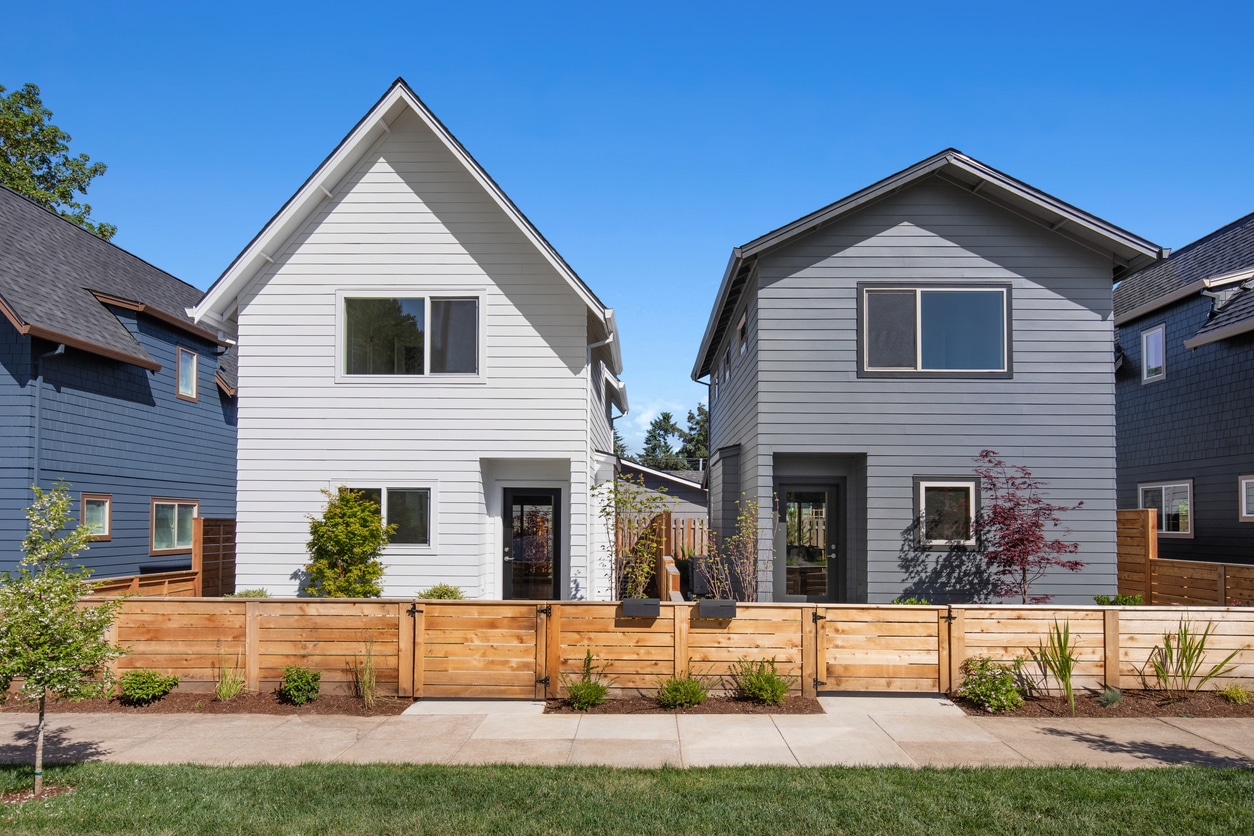
14. Houses are pricey in Portland
If you’re planning to buy a house in Portland, you should know it won’t come cheap. The median listing price is $550,000, but that jumps as high as $2.2 million in some neighborhoods.
Most Expensive Portland Neighborhoods To Buy a House
Most Affordable Portland Neighborhoods To Buy a House
Northwest District (NW): $499.9K
Montavilla (NE and SE): $442.4K
Lents (SE): $435K
Hazelwood (NE and SE): $392.5K
15. Renting is pricey, too
Apartments in Portland don’t come cheap either. Average rent in the city is $1,747 and the average apartment size is just 744 square feet (think small one-bedroom). Of course, it depends on where in the city you live.
Most Expensive Portland Neighborhoods for Rentals
The Pearl (NW): $2,141
Hayden Island (N): $2,020
Nob Hill (NW): $2,013
South Waterfront (S): $2,009
Most Affordable Portland Neighborhoods for Rentals
Glenfair (NE and SE): $1,356
Portland Heights (NW): $1,268
South Tabor (SE): $1,247
Parkrose (NE): $1,242
Recap: Pros and Cons of Moving to Portland, Oregon
Is Portland, Oregon, a good place to live? We think so! Portland has so many wonderful things to offer its residents, but it all comes down to personal preference. To help you decide, here’s a recap of the pros and cons of living in Portland, Oregon:
Pros of Moving to Portland, Oregon
Lush, natural scenery and greenspaces
Top-notch coffee
World-class dining
Neighbors who care about the community and environment
Beautiful neighborhoods
Gorgeous summers
No sales tax
Cons of Moving to Portland, Oregon
High income taxes
Gloomy weather
High crime rate
Expensive housing
Making the Move to Portland, Oregon
If living in natural beauty with like-minded eco-conscious neighbors, an incredible coffee shop down the street, and the best food truck taco of your life sounds good, and you don’t mind paying higher taxes or wearing a rain coat, then moving to Portland, Oregon, may be right up your alley.
When you’re ready to make the move, let Colonial Van Lines help you get there. With over 50 years of experience in long-distance relocation, our team of highly trained movers has the expertise to ensure your belongings arrive safely to your new PDX home. Start by getting a free moving quote today.

